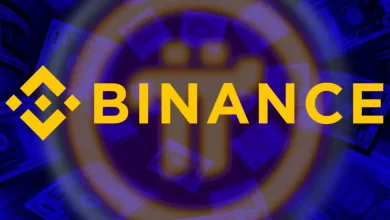
A screenshot circulating online has raised eyebrows in the Pi Network community, showing millions of Pi being withdrawn from OKX. This has fueled debates, with some users questioning the authenticity of the data, citing discrepancies between Pi’s total supply.
The Controversy:
Some users argue that the total supply of Pi is 100 billion, while the screenshot suggests a figure of 900 billion. “Don’t post fake scripts here,” one user commented, pointing out the inconsistencies. However, another user quickly countered, showing that the data aligns with tests conducted on the Pi Network blockchain, as seen on PiScan.io.
Lack of Transparency:
his incident adds to growing concerns about Pi Core Team’s communication. Despite Pi Network’s promising potential, the project has faced criticism for its limited transparency. The screenshot appears legitimate, with the data verifiable on PiScan, suggesting it might be related to testing activities.
Unusual Activity on March 30:
Between 2:00 and 3:00 AM (KST) on March 30, 2025, a series of peculiar transactions occurred on the Pi Network blockchain involving four specific wallets. Each wallet executed transactions involving 922,337,203,685 π, a figure that surpasses Pi’s official supply. Interestingly, this number matches the maximum value of a signed 64-bit integer, commonly used in system stress or overflow testing.
Key Observations:
- No Real Transfers: No actual Pi was moved between wallets; the transactions exist solely as on-chain structured data.
- Zero Balances: The involved wallets have balances near zero (less than 10 π), suggesting they are likely test accounts controlled by the Pi Core Team or developers.
- Claimable Balances: Some transactions featured Claimable Balances with ultra-short lock-up periods of just 20 or 30 seconds, hinting at experimental features or stress tests.
Users concluded that these activities are probably test runs by the Pi Core Team on the mainnet. They don’t affect real supply or user balances but raise concerns about transparency and testing on a live network.








